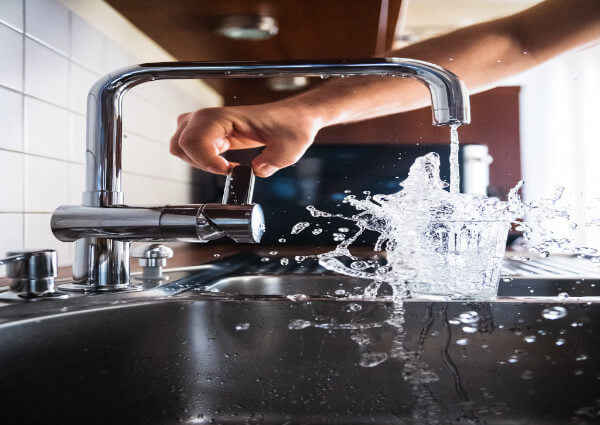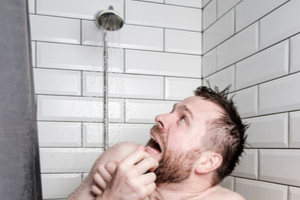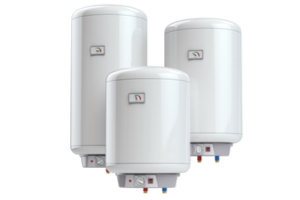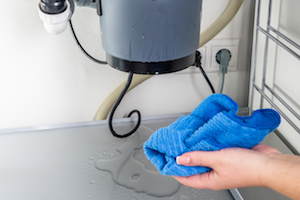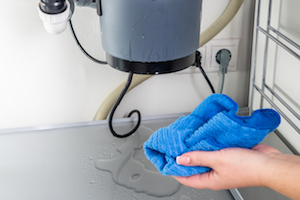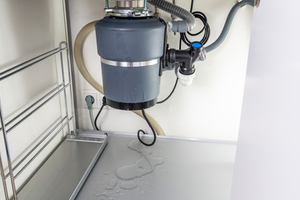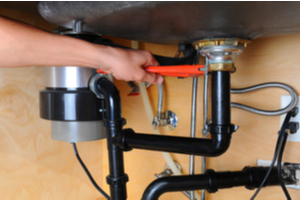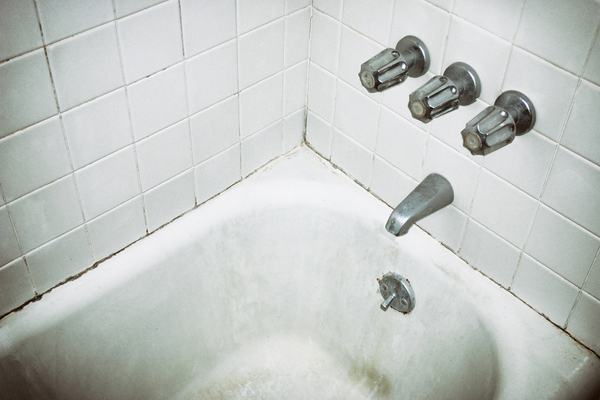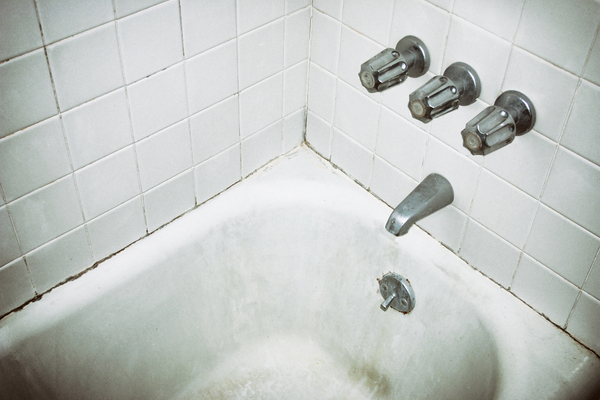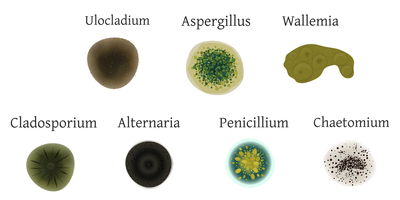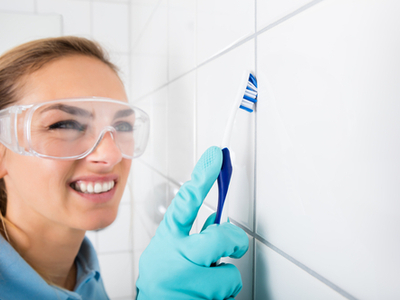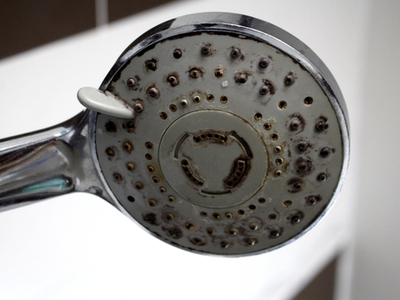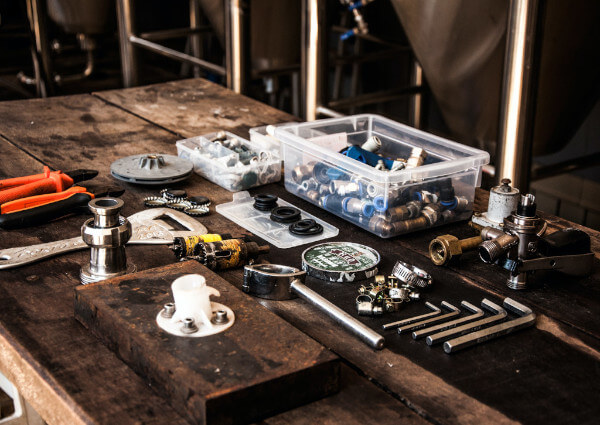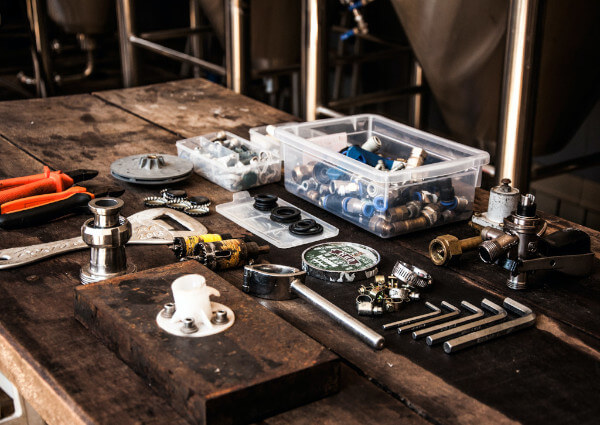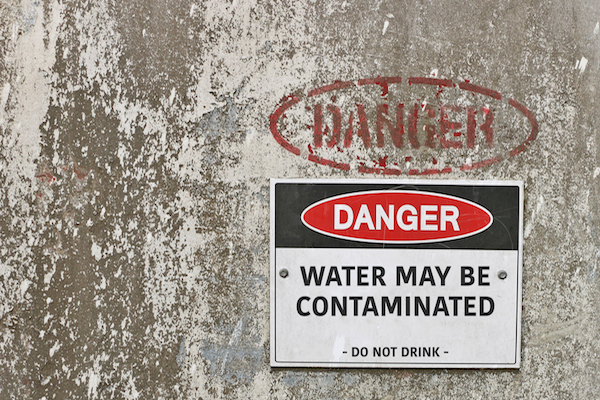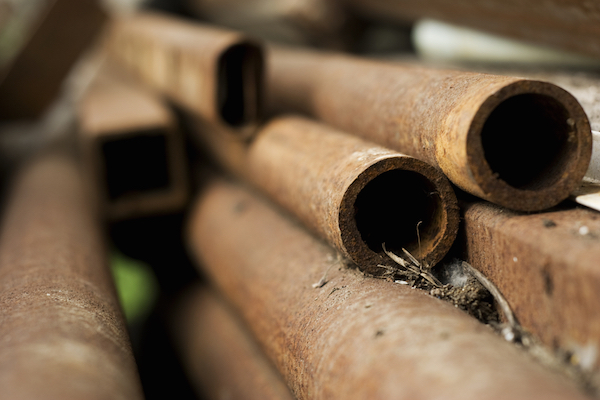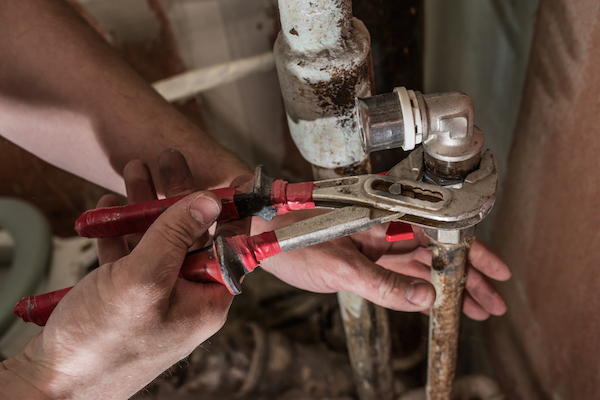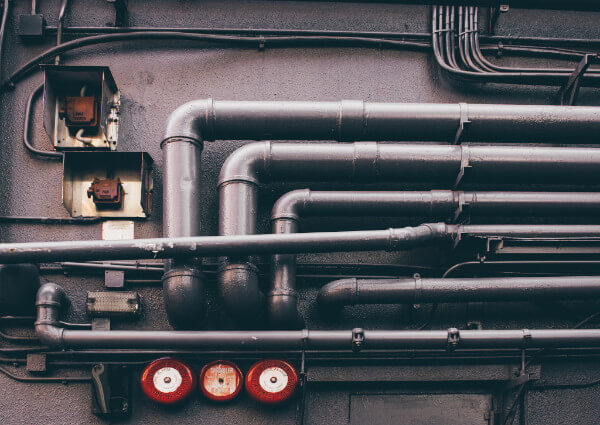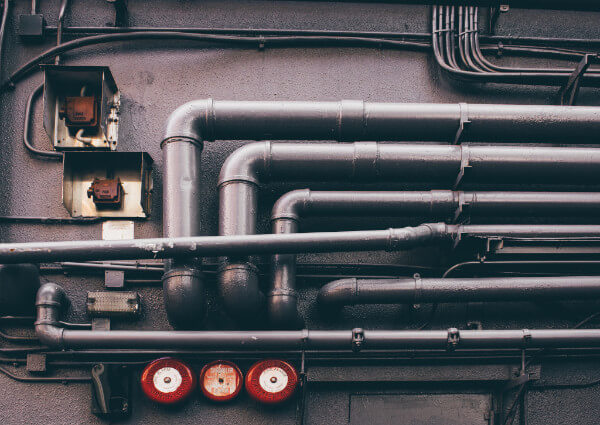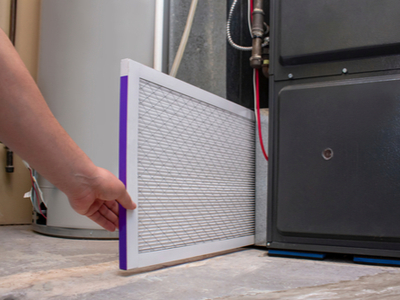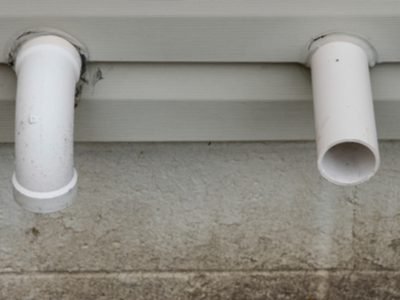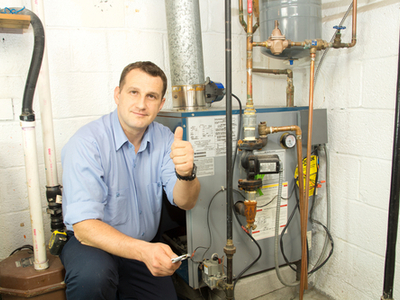>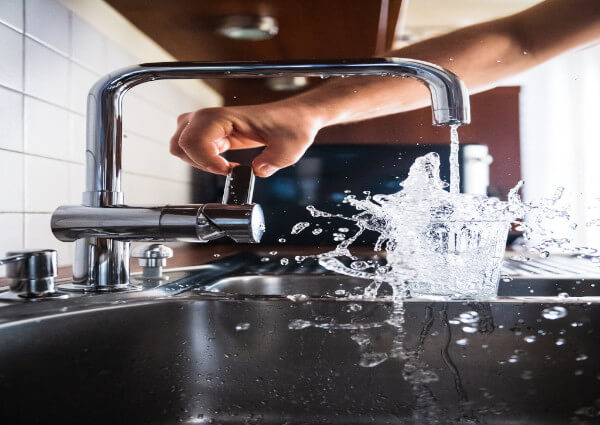
There’s only one main difference between dish soap and dishwashing detergent, but it’s a big one. Dishwashing detergent does not create suds, but dish soap does. The idea of a dishwasher overflowing with bubbles might paint a funny picture but it’s also big, messy problem. If you accidentally put dish soap in dishwasher once, it’s a headache. If it happens more than once, the soap scum build up could eventually damage your dishwasher.
If the worst happens and you find yourself facing an endless soap avalanche, don’t fret. We’ll tell you how to clean out a dishwasher with dish soap in it. More importantly we’ll tell you how to restore your dishwasher to prevent future problems. If your dishwasher doesn’t work properly after these steps, call the pros at Mike Diamond to help.
How to Fix Dishwasher with Dish Soap in It
First things first, stop the dishwasher immediately. Cancel the wash cycle. If you’re lucky, the suds haven’t quite overflowed just yet. The sooner you turn off the dishwasher, the better your chance of keeping the suds out of the machine’s inner workings.
Once you’ve canceled the cycle, your dishwasher should start draining. It won’t clear everything out, but it’ll make the clean-up process a little less damp.
Clean up any overflow.
If you couldn’t stop the cycle in time, you’ll have some cleaning up to do. Don’t let water sit and seep into cabinetry or floorboards. Use a wet mop to clean up the overflow. Since the mixture is water and soap, wiping it up with dry towels can leave residue behind.
Silver lining: your floor is now clean.
Take out the dishes.
Before you clear out the pipes and drain, you’re going to have more sopping up to do. Open the dishwasher after it finishes its initial draining. Remove the dishes and move them into the sink.
Rinse off the dishes in the sink to remove any scummy residue that might have clung to them during the overflow. Consider washing the dishes by hand just this once, while your dishwasher is… recovering. Otherwise, just rinse them off and leave them in the sink. After you’re done cleaning, you can simply put the dirty dishes back in the washer for another cycle!
How to get suds out of the dishwasher.
This is the labor-intensive part. You’re going to have to rinse out and dry the inside of your dishwasher. If you don’t clean it fully, you’ll continue to have problems with suds and soap scum.
Use a small bowl or pan and repeatedly fill it with clean water to rinse away bubbles. If your dishwasher is close enough to your sink, you could use your sprayer to rinse it out.
Keep rinsing until bubbles don’t appear when you pour the water into the inside and bottom of the appliance. After you’ve rinsed enough, use towels to wipe down and dry out any remaining water. You may have to remove the drawers to complete this step.
Turn on the rinse cycle and let it run.
You don’t have to do a full cycle. Run the rinse cycle for three to five minutes. It should be enough to remove any remaining suds. If you’ve done everything else listed here, you should be free of dish soap in your dishwasher. If there are suds, the rinse cycle will wash out any remaining residue. Once that’s done, your dishwasher should be back in working condition.
Don’t Put Dishwashing Soap in Dishwasher!
Now you know what happens if you put dish soap in the dishwasher. Hopefully you’ve successfully flushed your dishwasher after the soap suds fiasco and lived to tell the tale. The next time this or any other plumbing emergency happens give us a call. The team at Mike Diamond is happy to service your dishwasher to ensure you have clean dishes for a long time.
The post What to Do When Someone Puts Dish Soap in Your Dishwasher appeared first on Mike Diamond Services.
Did you miss our previous article…
https://tkoplumbingco.com/?p=392
